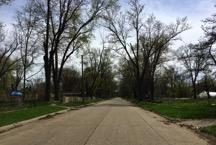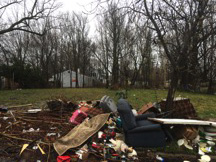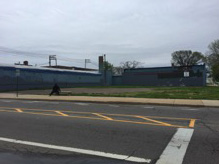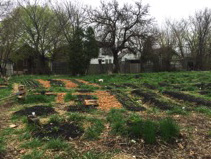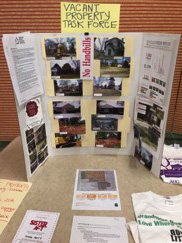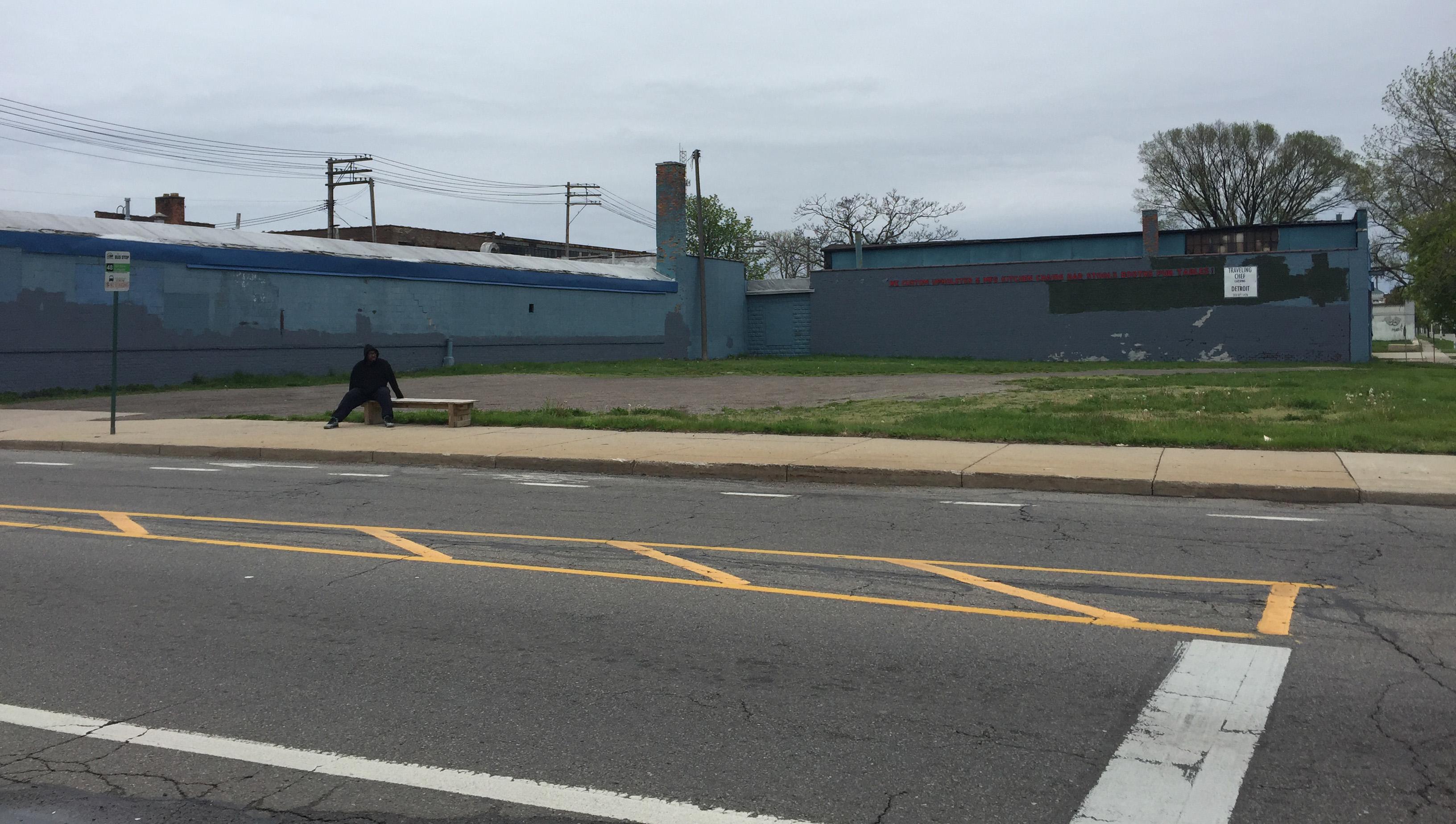
Urban decline is most commonly used as ‘catch-all’ term for what can be interpreted as an undesirable urban change. It is frequently comprehended in quantifiable terms, often being used to describe a city that has experienced a decrease in population, a loss of capital and a deterioration of its physical landscape. These ways of quantifiably measuring urban decline are imperative and do enhance our understanding of the characteristics and consequences of the phenomenon, however, they often leave out how the process of decline effects the everyday reality of the city’s residents.
Using the city of Detroit, Michigan as a vehicle to arrive at a more integrated understanding of this phenomenon, my research seeks to expand our notion of urban decline by considering a socio-spatial perspective in order to highlight various inequalities and challenges that the residents of Detroit currently face in their everyday lives. Processes of urban decline not only affect the demographics of a city and economic capital, but alter the city’s spatial and structural fabric as well, in turn creating new challenges for the city’s residents. Issues such as mobility, infrequent public services, and access to facilities and amenities (including but not limited to major grocery stores, professional health services, libraries, schools and recreational and leisure facilities) are thrust to the forefront of urban living. Focusing on two neighbourhoods in northwest Detroit, this research examines how these challenges affect different areas of the city and how different communities deal with these challenges.
Theorising about urban decline in Detroit deepens and clarifies our understanding of various historical processes as well as obstacles being faced today, but also relates to the choices and challenges that focus on the future of the city as well. Decline is not simply a reversal of growth, but rather a phenomenon that alters the urban socio-spatial fabric. Therefore, we must look to re-conceptualise processes of decline to consider different ways of negotiating the future of the city.
Please see Eve’s department profile here: https://www.urbanconflicts.arct.cam.ac.uk/people/eve-avdoulos

